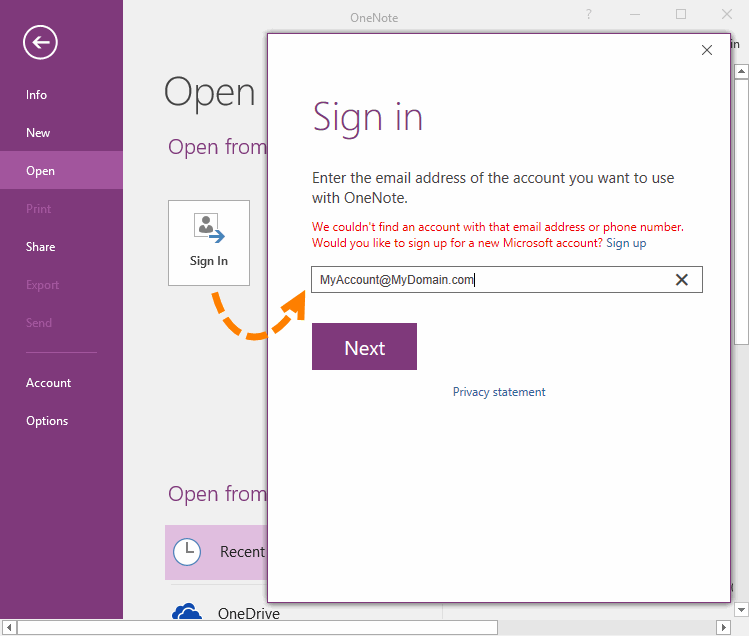

One big thing to realize is that it's normal and useful to have a disorganized pile of notes. Its simplicity gives it a lower learning curve, but also limits what you can do with it. By which I mean that it has no metadata, queries or links between notes. OneNote is the digital equivalent of a paper notebook, it's just a bunch of pages, and it's not as sophisticated as other tools like Notion, Logseq or Obsidian. What are you trying to achieve here that isn't the other two categories? Perhaps archiving things you need to keep? In which case, make a notebook to archive stuff, and put them in sections by type (Receipts, Recipes, whatever) General organisation: this one is quite broad. OneNote's search is very powerful, so you can find anything back that way as well.ģ. Either organise by topic/project/client name, or by type of note (Meetings, Ideas, Research. Work notes: Use the notebook sections and section groups.

If you find you have too many tasks, you're better off using a dedicated task management app.Ģ. However, OneNote does not scale very well for tasks because you end up trying to manually move them around, if you're shifting priorities for example. Alternatively, make a notebook section called To Do, make pages inside it per week (for example) and put all your to do's in there. Task management: if you like flagging to do's throughout your notes, use OneNote's Home > Find Tags to find them across different pages. Here are some suggestions for your three use cases in OneNote: Don't get sucked into trying out different tools and complex methods that people have invented, as they won't pay off unless you know exactly what you want to do with them.


 0 kommentar(er)
0 kommentar(er)
